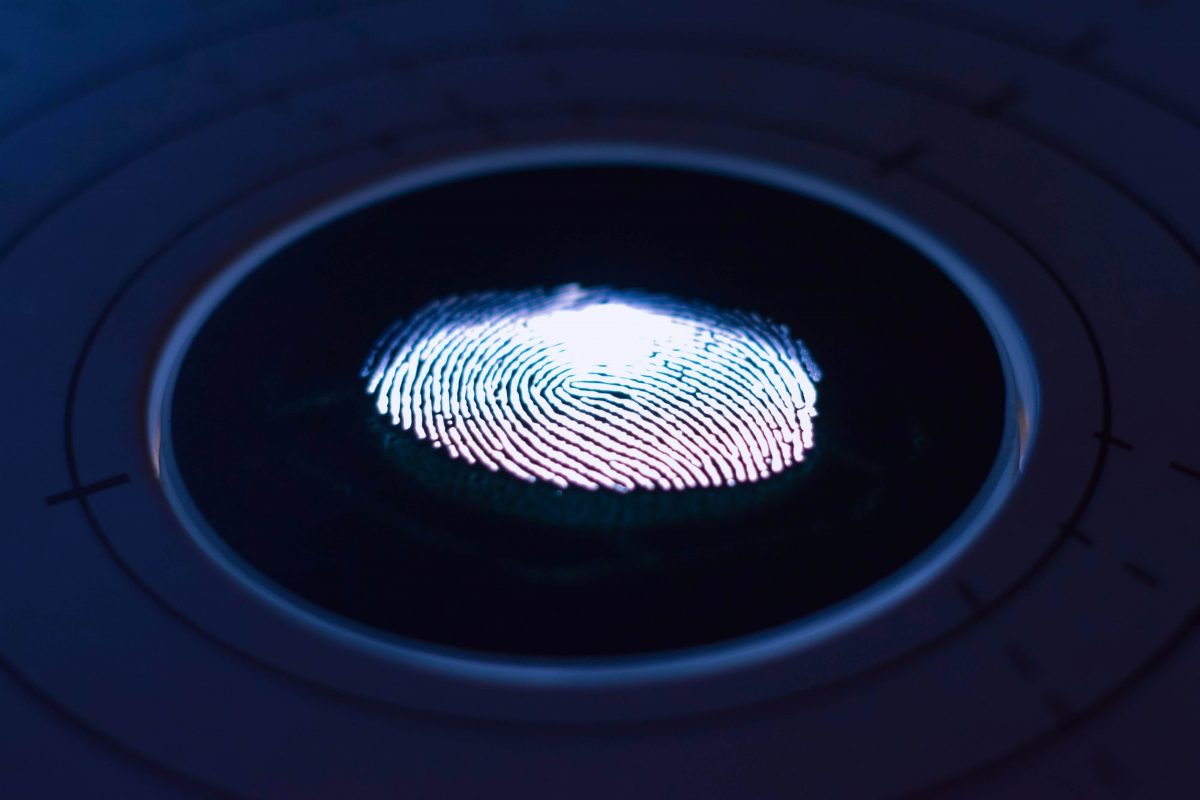
Our Experience at the Childcare and Education Expo in Coventry: Highlights and Reflections
"Mathematically, he then proved that the probability that two prints are identical is extremely low - according to his calculations, it is 1 in 64 billion".
The fingerprint is an individual and unique feature that can be used to identify a person. Today, this type of identification has become well established with current technology such as when unlocking our smartphone. However, this type of recognition is older than you might think…
The technical term for this technology is dactyloscopy, and this is what biometrics are based on. Translated from the Greek, dactyloscopy can be translated as “finger inspection“. The furrows and pore structures of the fingers were described very early, in 1684, over 300 years ago!
The naturalist and geneticist Sir Francis Galton, who was also a cousin of Charles Darwin, described the minutia of fingerprints in his study from 1888 and developed a system for person recognition. With his research he showed the uniqueness of the lines and grooves on the fingertip.
The minutia (lat. “Minutae” for “tiny”) are the particularly fine features of every fingerprint. More precisely, it is the branches or endpoints of the papillary lines.
Sir Francis Galton recognized that the lines of the fingerprint (papillary lines) are unique. By dividing the fingerprint into sections, he was able to examine the individuality of each area. This resulted in the individuality of the complete fingerprint of each person.
Mathematically, he then proved that the probability that two prints are identical is extremely low – according to his calculations, it is 1 in 64 billion. So, the idea arose to use the fingerprint as unambiguous evidence of crimes.
In fact, the Argentines were at the forefront of using fingerprints as legal evidence in court. They made the procedure official as early as 1896. Great Britain followed the Argentines in 1901.
In 1899, Edward Henry finally developed the so-called “Henry System” for classifying fingerprints on the basis of certain criteria. This made it possible to compare the prints of different people. In fact, no two people have ever been found with the same fingerprint.
It came about that the technical recognition of fingerprints established its course. Over the centuries fingerprint recognition has become more and more sophisticated and it has also been used for purposes other than fighting crime.
Nowadays, fingerprint recognition has made its way into our everyday lives. Unlocking the smartphone in particular, is a practical application. Paying by fingerprint is already possible today and it will be interesting to see whether this use of fingerprints start to become mainstream.
Prevalent uses of print recognition includes access control in company buildings. With biometric access systems, only staff and users that have been registered, can be granted access to the building making it an incredibly secure way to protect your site’s physical security.
Almas Industries have been manufacturing fingerprint scanners for access control for over 15 years. Being able to open and close doors by fingerprint offers our customers maximum protection and control, plus the convenience of not having to carry keys, cards or fobs. Furthermore, it also provides the possibility to control different rooms with different access authorisations.
If you are looking for a safe, secure, and efficient way to protect your site, fingerprint access control systems are a great way to keep your valuables protected.
Contact the team at Almas Industries today to discuss biometric access control, biometric readers, or facial scanners for your business; you can call us on 0333 567 77 99 or email us: [email protected]


